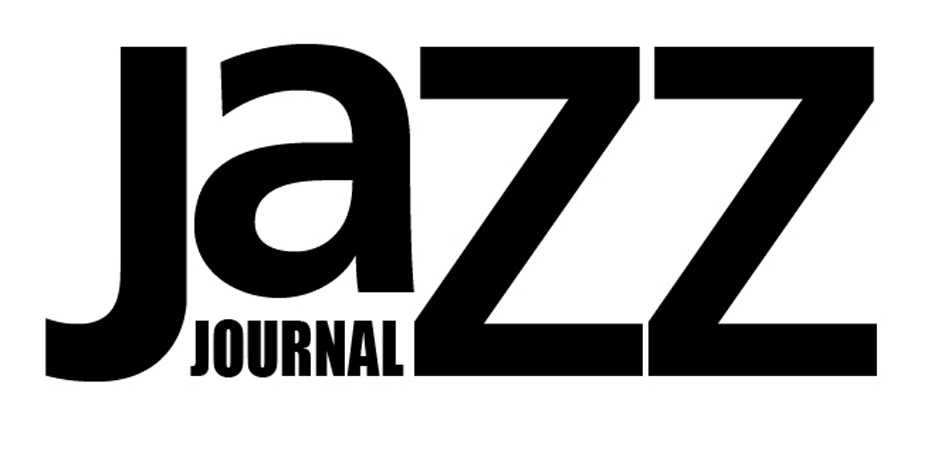Judy Whitmore: Let’s Fall In Love (Arden House Music JBW202501)
As she has demonstrated on her recent CDs – Isn’t It Romantic and Come Fly With Me – Judy Whitmore is a passionate devotee of the songbook repertoire. Tenor man Mark Crooks once put it really well when he told me, “There’s a hundred lifetimes of material to explore” in this standard repertoire. Despite major contributions from composers like Noel Coward, Kurt Weill, Ray Noble and Michel LeGrand, it is generally considered to be an American art-form.
On Let’s Fall In Love Ms Whitmore revisits songs by Cole Porter, Harold Arlen, Vincent Youmans, George Gershwin, Vernon Duke and others which represent a high-water mark of popular music. Nothing here though from that other major songwriter in the idiom – Jerome Kern.
Judy is a very accomplished lady. She is a licensed jet-pilot who just happens to also be a bestselling author. She also holds a masters in clinical psychology. As a performer she has perfect diction and intonation, singing these standards exactly how they were written, with very little deviation. This is a quality she shares with Fred Astaire, no less, who happened to be the great Mel Tormé’s favourite singer. In his autobiography It Wasn’t All Velvet, Tormé lists Fred as one of his musical heroes.
Whitmore is accompanied by Chris Walden’s orchestra, which includes some of the finest Los Angeles studio musicians, who stand out briefly: Jeff Driskill (I’ll Take Romance), Hendrik Meurkens (All Of You), Andy Martin (The Very Thought Of You) and Jacob Scesney (How Deep Is The Ocean). Wayne Bergeron is in the trumpet section but unfortunately does not solo.
Art Blakey and the Jazz Messengers: Moanin’ (Number One Essentials 291025)
Recorded in 1958, this frequently reissued material still sounds totally fresh and pristine today. Benny Golson, of course, made a huge contribution as musical director with his originals Are You Real?, Along Came Betty, I Remember Clifford, Blues March and Whisper Not, all of which quickly became staples of the jazz repertoire. As a soloist Golson combined some of John Coltrane’s multi-noted intensity with the chromaticism of Lucky Thompson. Bobby Timmons’ anthem-like Moanin’, with its sanctified call-and-response routine, was another that quickly established itself as a favourite both with musicians and audiences. A little later it benefited from a hip Jon Hendricks lyric on Lambert, Hendricks and Ross’s 1959 The Hottest New Group In Jazz album (Avid Jazz AMSC 1320).
Although a mere 20 at the time of this recording, the precociously talented Lee Morgan was already a major voice on the trumpet. Clearly inspired by the great Clifford Brown, his burnished tone and the smears, trills and half-valve effects revealed a soloist of uncommon individuality. Although very much an extrovert performer his intensely lyrical reading of Whisper Not in a rarely used harmon (one of two bonus tracks here) is particularly moving and an album highlight. Just after their Moanin’ date the Jazz Messengers undertook a highly successful European tour, performing concerts in France, Switzerland and Holland.
As always, Art Blakey provides a master class in the art of small-group drumming. Numerous percussive effects, including his powerful, trademark press-rolls provide a cushion of consistent stimulation for the soloists. He has extended workouts on the Drum Thunder Suite and on the ever popular Blues March – which remained in the book until 1985. If Jazz Journal still had a ratings system, Moanin’ would be a five-star release.
Kenny Dorham: Blue Bossa In The Bronx – Live From The Blue Morocco (Resonance Records HCD-2072)
Kenny Dorham has long been recognised as one of the great pioneers of bebop trumpet. Early in his career he replaced Dizzy Gillespie and then Fats Navarro in Billy Eckstine’s celebrated orchestra. Between 1948 and 1950 he was part of Charlie Parker’s quintet, having taken over from Miles Davis. In the early 50s he freelanced around New York and recorded with J.J. Johnson and Thelonious Monk. In 1953 he became a founder member of Art Blakey’s Jazz Messengers, the leader referring to him as “the uncrowned king”. When Clifford Brown died in 1956 he was selected to join Max Roach’s quintet, remaining with the group until 1958. In the 60s he recorded with Harold Land, Jimmy Heath, Hank Mobley, Milt Jackson and Horace Silver, among others but as Bob Blumenthal points out in his extensive notes “He never won a jazz poll or acquired enough star power to sustain a working band.”
Blue Bossa In The Bronx is a recently discovered Dorham gem from 1967 with Sonny Red (aka Sylvester Kyner Jnr.), Cedar Walton, Paul Chambers and Dennis Charles. That group with John Ore and Hugh Walker replacing Chambers and Charles had recorded at the Half Note (“the hippest place in town” the year before (Royal Jazz RJD515CD). Blue Bossa with its repeated 16-bar form has become a jazz standard and is probably Kenny’s most famous original. It is not included here but another of his compositions that musicians liked to play was his intriguing contrafact of All The Things You Are – Prince Albert. He gives a sensitive reading to the old Frank Sinatra hit My One And Only Love and he really stretches out with eight inventive choruses on that jam-session favourite Bag’s Groove.
The impressive sleeve-note is replete with personal messages from Kenny Dorham’s family together with tributes from trumpeters Eddie Henderson, Charles Tolliver, Steven Bernstein and Jeremy Pelt.

